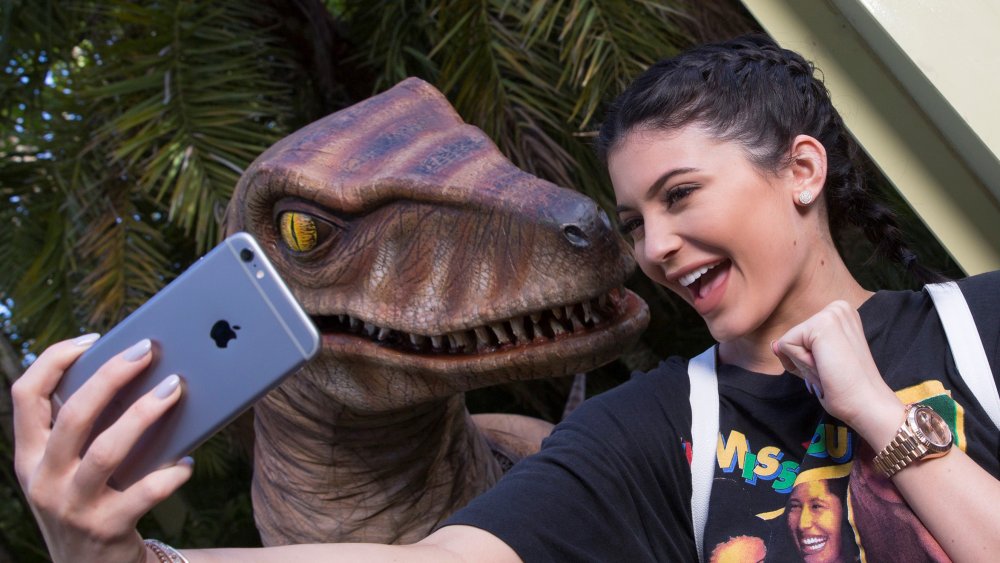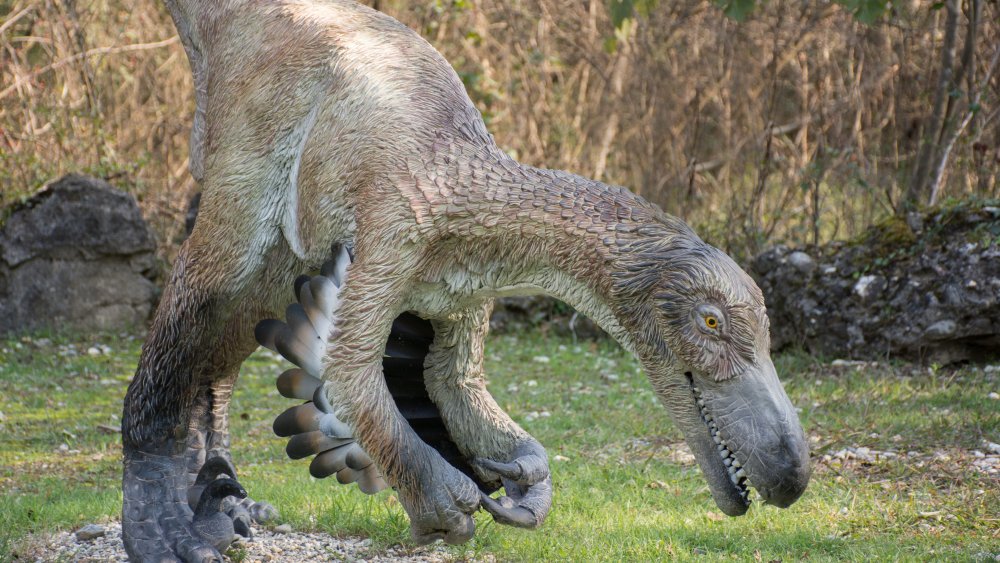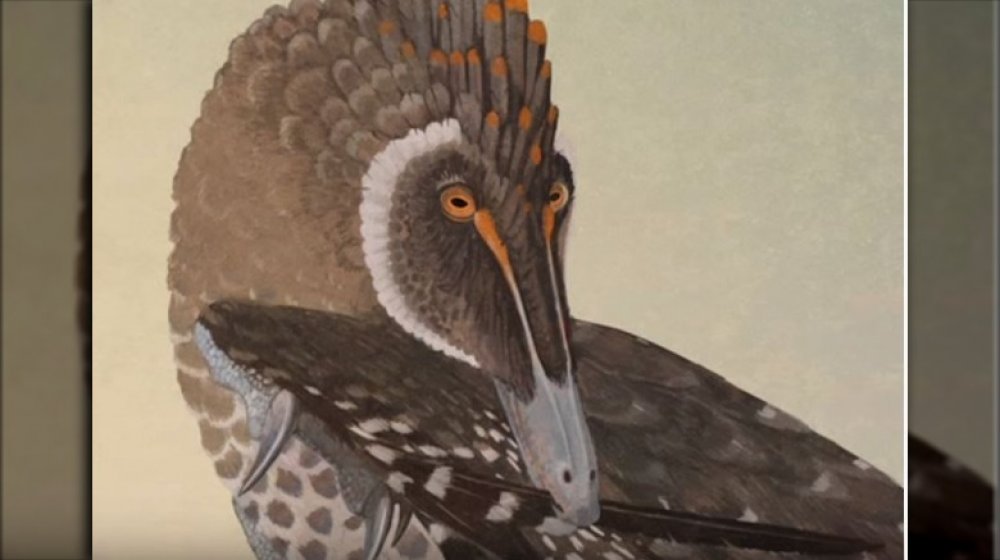What Did Velociraptors Really Look Like?
If you met a Tyrannosaurus rex in a dark alleyway, your odds of survival would be pretty low, since that sucker would snap you into its jaws like a chicken nugget. Scary as a T-rex might be, though, the velociraptors in Jurassic Park are pure nightmare fuel: these lean, mean, death machines are smart enough to hunt in packs, know how to open doors, and can slash you open with the world's most menacing overgrown toenail.
However, while these cinematic velociraptors make for some of the coolest monsters in film history, they aren't the most historically accurate. Sure, it goes without saying that Jurassic Park had to take some liberties, considering that velociraptors have been extinct for eons (unless you ask those folks who think dinosaurs are still alive, but don't go there). Nonetheless, raptor fans may be disappointed to learn that, from the bits and pieces that paleontologists have pieced together, these vicious creatures looked wildly different from their Hollywood portrayal.
A feathered raptor by another name
Okay, so first off, while John Hammond can call those hyper-intelligent, human-sized carnivores in his park "velociraptors" all he wants, that's not what they are: as Smithsonian points out, the velociraptor in Jurassic Park is actually a dinosaur named Deinonychus. Why the name change? Listen, you try pronouncing Deinonychus, and you'll get it. Anyhow, real velociraptors were little squirts. They stood no taller than a wild turkey(!), though thankfully, they did possess the same foot claws and pack behavior as their bigger cousins.
Now, here's where things get weirder. Scientific American cites fossil evidence demonstrating that real velociraptors had rows of bumps running down their arms, identical to the anchor points found on birds with big wings. Did they fly? Hell no. But they did have long feathers which they could flap around, and more recent evidence has shown that they possessed feathers all over their bodies.
Figuring out the color of these feathers is a whole other can of worms, though many artists have enjoyed supplying the velociraptor with beautiful, iridescent coats of purple and blue, while others go for a more dull brown color. Now, while paleontology is always a guessing game, the BBC reports that the fossils of another dinosaur species (these little squirts called Anchiornis huxleyi, to be precise) show evidence of vibrant color patterns, including black-tipped white wings, and a prominent crest of scarlet. Based on the behavior of contemporary birds, it's believed that these color patterns were probably there for mating purposes. So, if you were a male velociraptor touring the Late Cretaceous dating circuit for a mate, you'd probably want to impress the ladies with some big, bright, gaudy-looking feathers.
Either way, forget the reptilian velociraptors you know, and embrace the fact that these guys looked like mean birds. But wait, there's more! Because while your mind's eye is still picturing velociraptors as being wiry beasts — albeit, with elegant plumage — it's entirely possible that they might've been a bit chubbier.
Peel the shrink-wrap off that velociraptor, buddy
Have you ever noticed how dinosaur depictions always appear "shrink-wrapped," I.E., as if these creatures have so little body fat that their skin is basically pressed right to the muscle and bone? While people have been trained to just accept that dinosaurs look like this, there's really no reason to believe that this was the case, according to Scientific American.
Back in 2013, a trio of clever paleontology geeks — Darren Naish, John Conway, and C. M. Kosemen — published a book called All Yesterdays: Unique and Speculative Views of Dinosaurs and Other Prehistoric Animals, which challenged popular assertions of what dinosaurs looked like. In All Yesterdays, the artists depict dinosaurs with the flab, fat, and bursts of feathery/furry ornamentation that real animals possess today. The velociraptor pictured above, for example, struts around with a big plume of colorful feathers on its head, probably making it a hot ticket on Dino-Tinder. To further make the point, the book also depicts shrink-wrapped recreations of contemporary animals, like flamingos and monkeys, rendering these creatures every bit as extraterrestrial-looking as most people view dinosaurs.
Since the publication of All Yesterdays, other paleo-artists have had fun with the premise, depicting velociraptors and their fellow dinosaur brethren with all kinds of weird wattles, fat pockets, pouches, and so on. None of these features are confirmed to have existed, but they might have, and that's the point. Hey, they might've even had so many feathers that they looked like roaming puffballs with sharp teeth. Who knows?
For now, though, just assume that a velociraptor looked like an angry little bird that could disembowel you, and probably you're on the right track.


